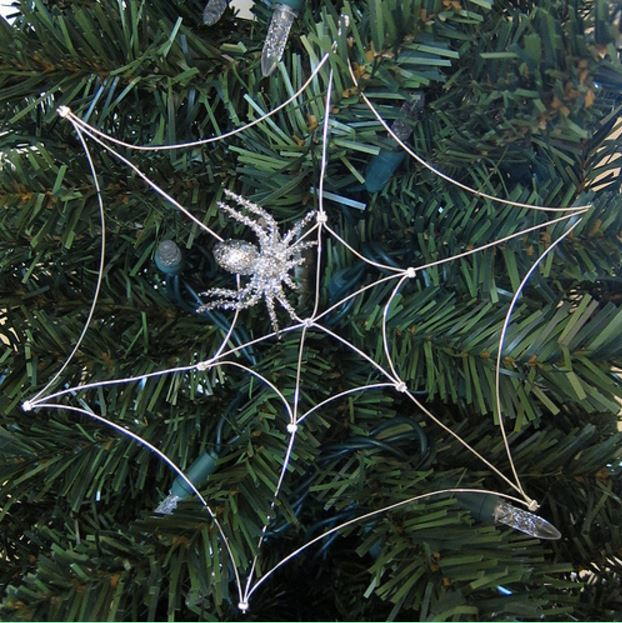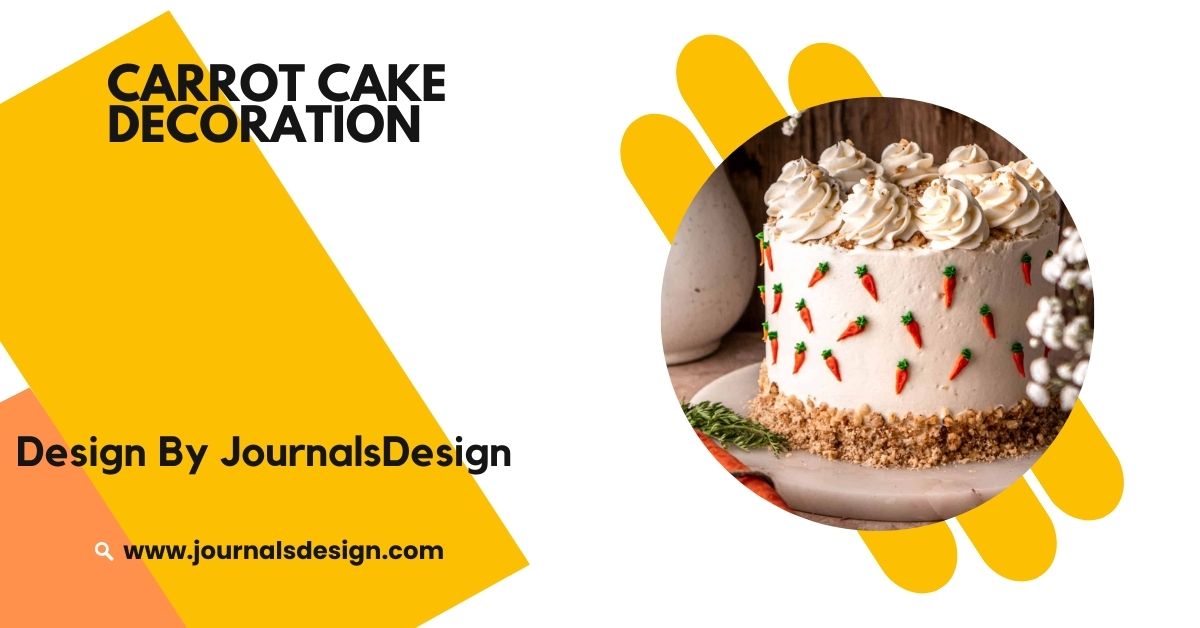Spider webs are a popular Christmas decoration in Poland due to their symbolism of good luck and prosperity, as well as their aesthetic appeal.
They serve as a reminder of hard work, the beauty of nature, and the importance of family traditions during the holiday season.
In this article, we’ll explore the reasons behind this charming custom and its significance in Polish holiday celebrations.
The Symbolism of Spider Webs in Polish Culture:

A Sign of Good Luck:
In Polish folklore, spider webs are regarded as symbols of good luck and prosperity. The intricate threads spun by spiders are believed to attract positive energy and blessings for the coming year. Many families hang spider webs in their homes, hoping to capture good fortune and ensure a prosperous New Year.
This belief stems from the idea that spiders are hardworking creatures, tirelessly crafting their webs. In this light, the spider web becomes a metaphor for diligence and the rewards of effort. The more intricately crafted the web, the greater the luck it is thought to bring, encouraging families to take pride in their decorations.
Connection to Nature:
Poland is known for its stunning natural landscapes, including lush forests, tranquil lakes, and breathtaking mountains. Incorporating spider webs into Christmas decorations is a way for families to celebrate the beauty of nature, even in the depths of winter. These delicate structures remind people of the interconnectedness of life, the importance of balance in nature, and the intricate web of relationships that bind communities together.
The presence of spider webs during the festive season serves as a reminder to appreciate the natural world, fostering a sense of gratitude for the environment and the cycles of life. It encourages families to engage with nature, highlighting the importance of sustainability and respect for the earth.
The Aesthetic Appeal of Spider Webs:
Unique Visual Charm:
Spider webs can add an enchanting and ethereal quality to Christmas decorations. Their intricate patterns and shimmering strands can enhance the festive atmosphere, especially when adorned with twinkling lights or other decorative elements. The way the light catches the strands creates a magical ambiance that captures the essence of the holiday spirit.
Incorporating spider webs into holiday decor can also provide a whimsical touch. Families often use creative techniques to display these webs, such as hanging them from doorways or draping them over Christmas trees. This artistic expression not only beautifies homes but also sparks joy and wonder, making it a memorable part of the holiday experience.
Also Read: How To Decorate A Round Coffee Table – Functional And Stylish!
Versatility in Decor:
Spider webs are incredibly versatile and can be used in various decorative contexts. They can be incorporated into garlands, wreaths, and table centerpieces, seamlessly blending with traditional holiday decor like pine branches, ornaments, and candles. This adaptability allows for creativity in decoration, making them a favorite among many Polish families.
Families can customize their spider web decorations to reflect their personal style. Some may opt for a rustic look, using natural fibers and muted colors, while others may prefer a more vibrant and festive approach, incorporating colorful threads and glitter. This versatility not only allows for individuality but also encourages families to express their creativity during the holiday season.
The Tradition of Creating Spider Web Decorations:

Crafting with Family:
Creating spider web decorations can be a delightful and bonding experience for families. Many Polish households dedicate time during the holiday season to craft their own spider webs, often using materials like cotton, thread, or even yarn. This tradition fosters togetherness, allowing family members of all ages to participate in the creative process.
The crafting of spider webs often involves storytelling and sharing memories. As families come together to create, they reminisce about past holidays, share anecdotes, and pass down wisdom from previous generations. This oral tradition strengthens family ties and fosters a sense of belonging, making the holiday experience even more meaningful.
Sharing Stories and Legends:
As families create spider web decorations, they often share stories and legends associated with the custom. These tales, which may include the significance of the spider as a symbol of protection and luck, enrich the crafting experience and create lasting memories.
For instance, one popular legend tells of a poor family who found a spider’s web on their Christmas tree. When they awoke on Christmas morning, they discovered that the web had transformed into silver and gold, bringing them prosperity and joy. Sharing such stories not only entertains but also instills cultural values and teachings in younger generations, ensuring that these traditions continue.
Also Read: Decorated Milk Can – Tips for Beginners!
Embracing Cultural Heritage:
Preserving Traditions:
The inclusion of spider webs in Christmas decorations is a way for Polish families to preserve their cultural heritage. In a rapidly changing world, maintaining these traditions helps connect individuals to their roots and fosters a sense of identity. By embracing unique customs like this, families keep their history alive and enrich their holiday celebrations.
Preserving traditions can also involve intergenerational collaboration. Grandparents often teach their grandchildren how to make spider webs, sharing their skills and knowledge. This transfer of cultural practices not only strengthens family bonds but also promotes a sense of pride in one’s heritage.
Celebrating Diversity:
Poland’s diverse cultural landscape allows for a variety of Christmas traditions to coexist. By incorporating spider webs into holiday decor, families celebrate their unique customs while also appreciating the traditions of others. This spirit of inclusivity enhances the festive atmosphere and encourages mutual respect and understanding.
Furthermore, embracing diversity in holiday celebrations fosters community connections. As neighbors share their customs and decorations, they create opportunities for dialogue and cultural exchange. This enhances the sense of community, reinforcing the idea that Christmas is a time for togetherness and celebration, regardless of individual backgrounds.
The Role of Spider Webs in Polish Christmas Feasts:

A Symbolic Place at the Table:
In many Polish households, the Christmas Eve dinner, known as “Wigilia,” holds deep significance. The table is often set with an odd number of dishes, symbolizing prosperity and abundance. A small, decorative spider web may be placed on the table, symbolizing protection over the food and ensuring that no negativity enters the home.
The Significance of Sharing Food:
Food plays a central role in Christmas traditions, and the presence of spider webs at the dining table adds an extra layer of meaning. Families gather to share not only food but also stories and blessings. The spider web serves as a reminder of the importance of sharing and caring for one another, reinforcing the values of community and love during the holiday season.
Modern Interpretations of the Tradition:
Adapting to Contemporary Styles:
As with many traditions, the way spider webs are incorporated into Christmas decorations has evolved over time. Contemporary interpretations may include the use of artificial materials or modern design aesthetics, making spider webs accessible and appealing to a wider audience.
Bridging Generations:
Young people often experiment with spider web decorations in new and exciting ways, blending traditional motifs with modern styles. This fusion of old and new not only keeps the tradition alive but also ensures that it resonates with future generations. It allows families to connect across generations, bridging the gap between the past and the present.
Also Read: Why Is The Room Decorated Dark Reddit – Ideas And Tips From Reddit!
FAQ’s
1. Why are spider webs used as Christmas decorations in Poland?
Spider webs symbolize good luck and prosperity in Polish culture. They are also seen as a reminder of hard work, nature’s beauty, and family traditions.
2. What do spider webs represent in Polish folklore?
In Polish folklore, spider webs are believed to attract positive energy and blessings for the coming year, making them a symbol of luck and diligence.
3. How do families incorporate spider webs into their Christmas decor?
Families use spider webs creatively in garlands, wreaths, and centerpieces, allowing for personalized decorations that reflect individual styles.
4. What is the significance of crafting spider web decorations?
Creating spider webs fosters family bonding and storytelling, helping to pass down traditions and cultural values from generation to generation.
5. How do spider webs fit into Polish Christmas meals?
During the Christmas Eve dinner (Wigilia), spider webs may be placed on the table as a protective symbol, enhancing the significance of sharing food and blessings among family members.
Conclusion
The tradition of using spider webs as Christmas decorations in Poland beautifully blends symbolism and cultural heritage. These intricate webs symbolize good luck and prosperity, fostering togetherness during the festive season. By embracing this unique custom, Polish families ensure their traditions continue to thrive across generations.




